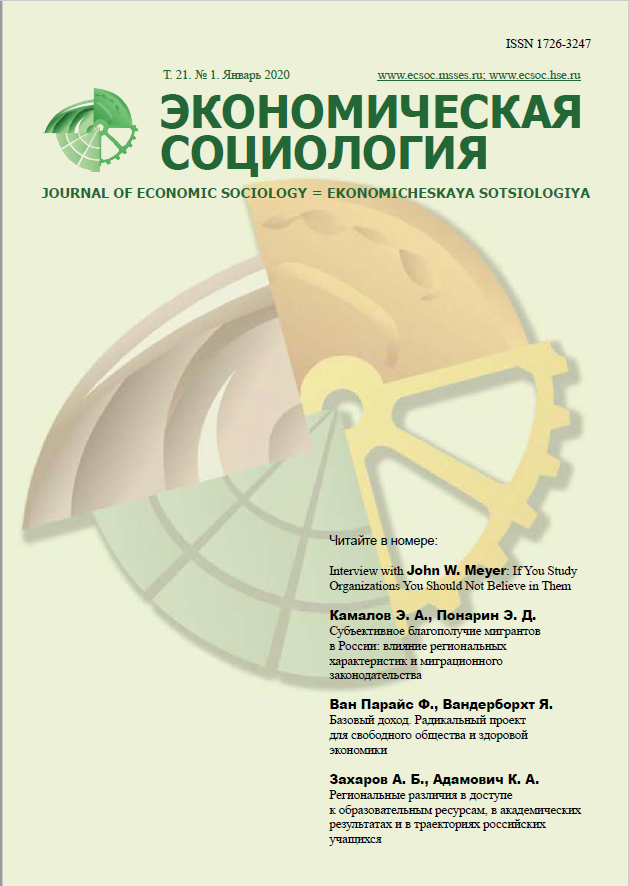The One-Sided Participation
Book Review: Jenkins H., Ito M., danah boyd. (2015) Participatory Culture in a Networked Era: A Conversation on Youth, Learning, Commerce, and Politics, Cambridge, UK: Polity. 220 p.
Abstract
This book by three prominent researchers of communities' cultures and the technological impact on the society includes a conversation in the title and takes it seriously. The text is a compilation of authors’ talks about applying the definition of participatory culture to the analysis of diverse spheres of social life and is an implicit call to join the conversation, argue for theses and offer your own at the same time.
Each author unsurprisingly has his or her own interpretation of the major definition of participatory culture, but all of them feel deeply involved in their research subject, which M. Weber has warned against: All three scientists identify themselves as former or present natives of the participatory culture. The deep emotional involvement in the research subject leaves a trace and, in our view, complements the analysis.
Hence the authors have not only made fruitful (almost autobiographical) research into participatory culture but also have made very useful social recommendations about the efficient and cautious application of it in the educational sphere and resolution of the intergenerational conflicts and have called on researchers generally not to marginalize the representatives of participatory cultures’ communities. Of course, promotion of democratizing, educational and other positive roles of the participatory culture is important and very practical. Alongside its analysis of participatory cultures the book includes an updated look at the traditional definitions of social groups, social networks and forms of capital. In this review, the author tries to systematize scientists’ points of view on the most prominent themes highlighted in the book. Moreover we had the opportunity to join the conversation with these three eminent scientists and mentally visit (and present to the reader) the living room of Henry Jenkins, which was the site of most of the conversations in the book.













